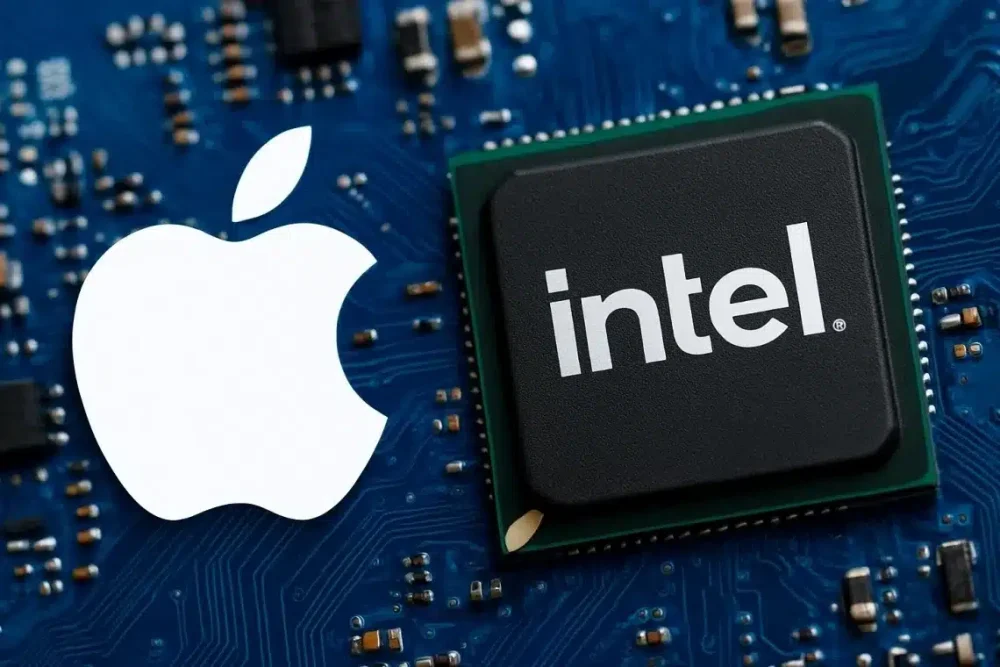The European Central Bank (ECB) and the national central banks of the euro area are preparing for the possible launch of a digital euro, a form of electronic cash issued by the ECB and available to everyone in the euro area.
It wouldn’t replace banknotes and coins, but complement them, giving people one more way to pay in an increasingly digital world.
What Is The Digital Euro?
The digital euro would be:
- Central bank money in digital form
- Available for everyday electronic payments, in shops, online, or directly from person to person
- Free to use for citizens
- Usable anywhere in the euro area, just like cash
- Designed to be secure and highly private
You’d hold it in a digital euro account with your bank or another authorised payment provider, and pay using your phone or a card, both online and offline.
Why Do We Need It If We Already Pay Digitally?
Today, many digital payments in Europe rely on non-European card schemes and platforms, and there is no single European-wide digital payment option that works the same way in all European countries.
The digital euro aims to:
- Ensure Europe has its own pan-European digital payment system
- Prevent private payment monopolies from gaining too much power
- Provide a public, safe backup option in case of technical failures or cyberattacks in the banking system
- Preserve people’s ability to pay in central bank money in a digital age, not just in commercial bank deposits
Unlike crypto-assets, the digital euro would be backed by the ECB, which has a mandate to maintain the value of money. So it would not be a cryptocurrency.
Will It Be Safe For The Financial System?
According to the ECB, the digital euro is being designed for everyday use, with tools such as limits on holdings, so that people can use it for daily payments without draining banks’ reserves. Their analysis suggests it would not harm financial stability, even under extreme crisis scenarios.
The project is also built to integrate with the existing payments ecosystem, working alongside existing private solutions rather than replacing them.
What About Privacy?
The ECB says the digital euro would offer very high privacy standards. Banks and payment providers would do the required identity checks, but the ECB and Eurosystem would not see who you are or what you’re buying from the payment data they receive.
When Could It Arrive?
If EU lawmakers approve the necessary legislation in 2026, the Eurosystem aims to be ready for a possible first issuance around 2029.
In the end, the digital euro is not just a technical project. It’s also about keeping the euro strong and relevant in the digital age, and maintaining a direct link between European citizens and their common currency.



Digital Euro is a form of control,first presented as convenient,safe and so on,but once you have a disagreement with what ever the government tells you to do or say something the government does not like….click with a press of a “button” your finances and ability to function on a day to day basis is gone, we are sleep waling into a digital prison cell.
Really informative breakdown of the digital euro concept! I like how you clearly explained that it’s not a cryptocurrency, but rather a secure form of ECB-backed digital cash. Do you think the holding limits might discourage people from using it as a primary payment method, or is it mainly designed for transactional use only? teknologi informasi